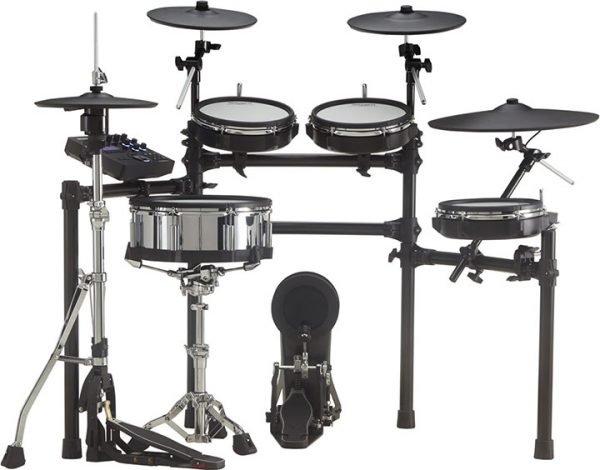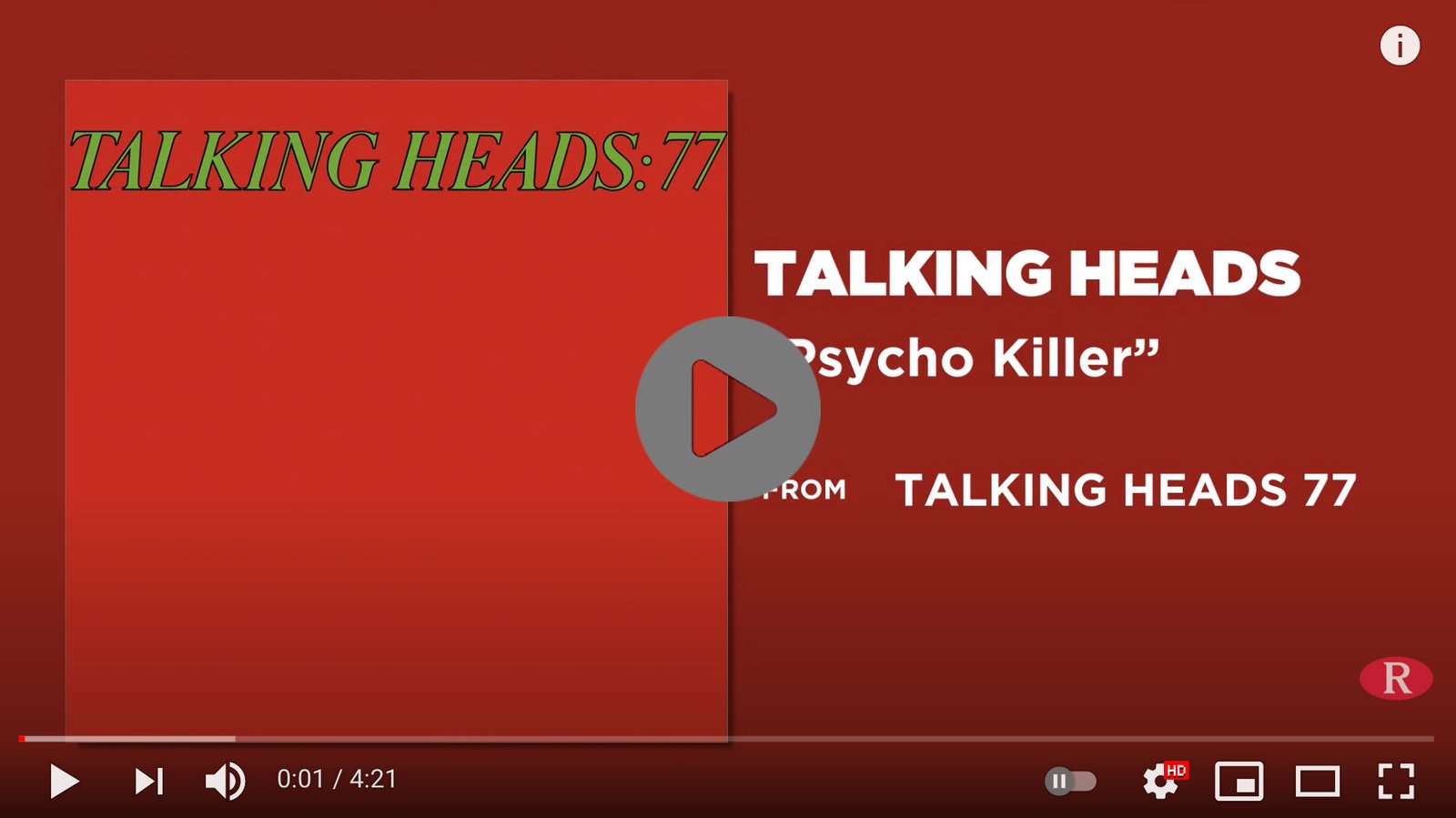Thankfully, unlike sport, music doesn’t have an age limit, and even if it’s been years since you last sit down at a kit, there’s really no better time to pick up your sticks and get jamming than today. All it takes is a bit of constant practise, a passion to improve your technique and a genuine willingness to learn. You’ll be surprised how much comes back to you naturally with just a few minutes of daily practise, and before you know it, you’ll be jamming along to your favourite tracks and ripping epic fills in no time.

The latest generation of electronic drum sets are lightweight, compact and feel extremely responsive in use, and their inbuilt sound modules are loaded with just about every famous drum sound from the past 75 years of recorded music history. Whether you’re looking to dial into a pounding stadium rock sound or a muted, warm tone for jazz and funk, you’ll have all bases covered with an electronic kit, making your learning process all the more enjoyable.
If you’re looking to rekindle your lost love of hitting the tubs, here’s ten tracks worth learn-ing to put your chops to the test. Each song here is a classic radio hit that’s relatively easy to learn, but make sure to go easy on yourself as you sink back into your groove. It’s not all going to come back to you right away, and patience and practise is going to be the only way you’ll achieve improvement.
‘I Love Rock n’ Roll’ - Joan Jett and the Blackhearts

‘Start Me Up’ - The Rolling Stones

‘Walk This Way’ - Aerosmith

‘Sunday Bloody Sunday’ - U2

‘Brass In Pocket’ - The Pretenders
Here, Chambers plays a straightforward kick, hat, snare and rack tom pattern in the verse before shifting to a ride in the chorus, with the majority of his fills evolving around simple snare hits. However, it’s the slight swing of this song that makes it worth learning: Chambers has a unique feel that helps add the X-Factor to the original track and working on emulating a similar feel will work wonders for you own drumming.

‘Superstition’ - Stevie Wonder
Featuring a beat borrowed from Jeff Beck, ‘Superstition’ is one of the most famous funk songs of the ‘70s, and Stevie Wonder’s drumming on the original recording is an absolute masterclass in groove. The loose feel of the hi-hats, a driving kick drum and some fun snare fills make it a doozy to learn, and some of Stevie’s more technical moments on the track will inspire you to try out zany fills of your own.

‘Paranoid’ - Black Sabbath
Charging ahead at a speedy 160 beats per minute, Ward opts for a relatively simple pat-tern throughout the verses of ‘Paranoid’, hitting his crash and ride cymbals every fourth bar to counter Tony Iommi’s blistering guitar riff. There’s also a classic snare roll deployed strategically by Warn throughout various instrumental sections of the track, which really assists in injecting a frenetic, rabid feel into the song.

‘The Boys Are Back In Town’ - Thin Lizzy

‘Psycho Killer’ - Talking Heads

‘Roxanne’ - The Police
Keep an ear out for when Copeland shifts the feel of the track by reverting to a new rhythm on his toms and ride cymbal in the B section of each verse, and note how frequently he places his kick during each chorus to aid in giving it a driving feel. There’s some pretty easy hi-hat variations that lead into a mean little solo to see out the end of the track to, making ‘Roxanne’ a real chop-worker by the end of its three minute runtime.








